
Review on Dimensional Polyamide Filament Consumables by OVERTURE by Jeremy Jackz

Another great filament from Overture 3D
This is my first nylon printing experience since I started 3D printing. I typically print with Overture PLA, PLA Pro, and PETG, which are also great products. The first thing that caught my eye was the new spool with 4 90 degree holes on the sides to secure the filament when not in use. The original Overture coil had 3 holes at 120 degrees. Standard Overture style packaging: resealable pouch, 200 x 200 print area and small ruler. After several failed attempts I finally managed to get a good print although I believe there is still room for further improvement. After researching online before starting to print with nylon, I received many guides, tips and tricks. However, as the name suggests, this Overture Easy Nylon Filament proves to be very easy and requires little to no additional knowledge to print if you are already familiar with PETG. Whether you have a textured or smooth surface to print on, you will need to add a water-based adhesive (glue stick) to get proper adhesion. An interesting fact is that when I first printed with nylon I didn't use any glue and the filament stuck to my textured backing pretty well, but after I removed the print there was no way to get it to stick without applying a layer. lying surface. So save time and apply glue from the start. My printers are in the coldest room in the house (66-68°F), so instead of setting the bed temperature to 50°C as written on the coil, I set it to 65°C. and it worked fine. The hot-end temperature was set at 250°C for all layers to ensure layer-to-layer bonding. with my part's fan off as stated on the spool, but I couldn't print small parts well with burrs. Due to the combination of high printing temperature (250°C) and short layer time, the overhangs sagged and deformed as there was not enough time to cool slightly from layer to layer, causing them to sag and look bad. I decided to beat the odds and turn on the fan at 50%. I use Prusa Slicer with my printers and its auto cooling feature is very good. All you have to do is define the lower/upper limits of the fan and the slicer will do the rest based on the layer's print time. I set them all to 50% after the first 3 coats (setting photo) and the piece still came out incredibly strong. I tried snapping the cord to test the adhesion of the layers and was surprised that the piece was slightly bent but not broken. Nylon can be very sticky at 250°C, so always keep the nozzle clean before printing. (applies to all threads). Although some people here have mentioned the smell, I leave it in the apartment and I don't feel anything at all. It's like printing PLA. But again, I only printed small details. It might start smelling when I start printing big chunks. Here are my basic settings for this print: Printer: CR-10S modded for DD with Prusa Bear X-axis and extruder (mostly larger Prusa MK3S) Slicer: Prusa Slicer 2.3.0 After the printing is complete, all you have to do is clean the part and platform surface with warm water or isopropyl alcohol) Fan: 50% Retraction: 1.4 mm at 38 mm/s Print speed: 45 mm/s Jumper speed: 40 mm/s Jumper flow: 80% Other settings: Default profile Prusa Slicer 2.3 .0 MK3S Overall I was very happy with the results and would highly recommend this thread. Don't be afraid to make mistakes. Give it a try and always pay attention to what your printer is doing so you can tweak and tweak the settings. UPDATE: I have yet to tweak the cleat settings to avoid sagging. I tried to print Benchy and with these settings the overhang of the sheet still wasn't that good.
- Industrial & Scientific
- So far so good
New products
Comments (0)
Top products in 🖨️ 3D Printing Supplies
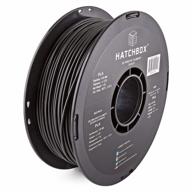
Premium Quality Black HATCHBOX PLA 3D Printer Filament With High Dimensional Accuracy - 1 Kg Spool, 3.00 Mm

37 Review
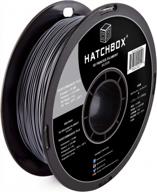
HATCHBOX Silver Performance PLA 3D Printer Filament - Dimensional Accuracy+/- 0.03 Mm For Superior Printing Results

30 Review
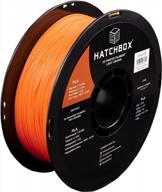
High-Quality 1.75Mm Light Orange PLA 3D Printer Filament By HATCHBOX - 1 KG Spool With +/- 0.03 Mm Dimensional Accuracy For Exceptional 3D Printing Filament Results

25 Review
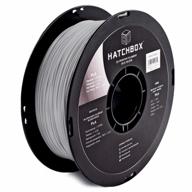
HATCHBOX 1.75Mm Silver Silk PLA 3D Printer Filament - Dimensional Accuracy +/- 0.03Mm, 1Kg Spool

32 Review
Another interesting products
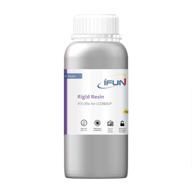
UV Curing Standard Photopolymer Printer by IFUN

5 Review
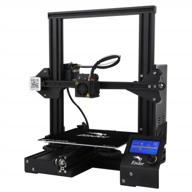
Economic Ender 3D Printer DIY Kit With Resume Printing Function, Large Printable Area Of 220X220X250MM By Creality 3D

18 Review
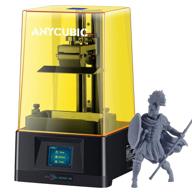
🖨️ ANYCUBIC Assembled Innovation Off Line Printing: Streamline Your Printing Process with Cutting-Edge Technology

5 Review
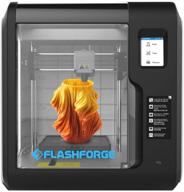
Flashforge Adventurer 3D Printer with Detachable Precision Leveling System

6 Review

